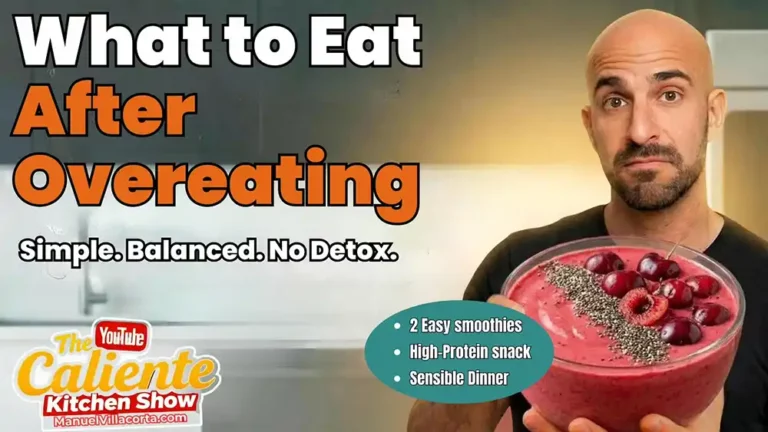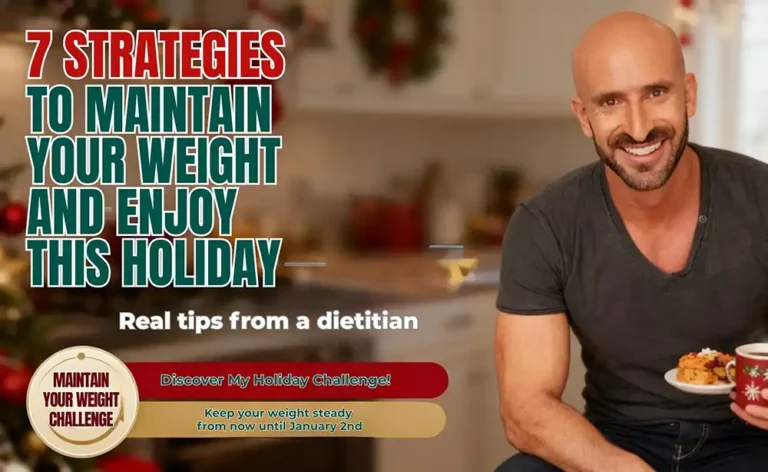The summer season is here with longer hours and people are getting more active. Maybe you are hitting the gym hard core to get into shape and that beach body you have been wanting. Whatever the reason, many people are exercising more and it is time to talk about proper fueling
In my experience, when coaching clients at my private practice, I see many people not preparing for their upcoming exercise routine, often describing their experience with a workout as ‘tiring’ and feeling “exhausted.” The same experience happens to fitness expert and personal trainer Billy Polson, CSCS, founder and owner of Daikadi Fitness Performance in San Francisco, he sees clients that are “running on empty.” He mentions that when he works with his clients “it is very common for them to come in for their workouts on an empty stomach causing them to “bonk” (run out of energy, get dizzy and nauseous) part way through the workout.” Polson adds that a client’s “strength lessens and more importantly they begin to lose focus and drive.” Ideally, he would like to see clients fueled for better performance.
Billy and I have seen clients perform better and achieve optima results when they fuel correctly. For your basic hour-long workouts like weightlifting, spinning, running, boot camps — I recommend a carb focused meal with some protein to provide a stream of energy during a strenuous one hour exercise. In recent studies, it has been shown that having a carbohydrate focused “meal” an hour before a workout improves the performance of the individual
Nutrition expert Heather Mangieri, RD, CSSD, Sports Dietitian and author of her upcoming book Fueling Young Athletes, says that “most everyday exercisers participating in a one-hour or less moderate activity will have enough fuel stores.” She also adds that as the intensity and duration of your workout increases, so does the importance of fueling up first.” Heather adds that on average, a person looking to fuel up before a workout should “consume about 30 grams of carbohydrates.” It is best to consume “quick digesting carbs with low fat and low fiber as the fiber can slow you down,” Mangieri states. However, Heather points out a correlation between intensity, proper fueling and performance by saying that “the higher the intensity, the faster your carbohydrate fuel tank empties, and that can have an impact on how hard and well you train.” She also adds that timing does play an important factor in considering what to eat and in what combination. If you are fueling about 2 hours before the workout, you “should consumer a sort of ‘mini-meal’ (half sandwich or cup of yogurt with fruit) or a full meal (lunch) if eating about 3 hours before the workout.” Ultimately, you should experiment with different combinations to see what works best
We now know that fueling can improve your performance but what exactly should you eat? The most common pre workout foods are bananas, oatmeal, peanut butter, Greek yogurt or a protein shake or nutrition bar. However, there are some uncommon foods that can give you a boost of energy, provide sustained fueling, help keep you focused, and aid in post-workout recovery. Here is my list of top 5 high performance superfoods.
Mango: A tropical superfruit, I consider mangos as a quick digesting carbohydrate, 25 grams per per 1 cup serving This is perfect for an immediate, rapid boost in energy that your body needs. In addition, mangos are bursting with over 20 vitamins, minerals, and antioxidants and probably one of the tastier ways to support a healthy, active lifestyle. The antioxidants found in mangos can help protect the body against the production of free radicals and other effects of oxidative stress. I like to eat mangos as is, but you can also add them to shakes or eat them with yogurt.
Maca: Maca is a native Peruvian plant that grows in the Andes resembling a small rough stone the size of a walnut. Maca has a positive effect on energy and mood as studies have shown that it can support continued exercise because it increases glucose in the blood stream. While rich in amino acids, phytonutrients and a variety of vitamins and minerals, maca functions as an adaptogen (3, 4, 5), thus aiding in adrenal function to increase energy, reduce stress, and create an overall revitalizing effect. I usually take maca in my pre-exercise shake or as a shot mixed with coffee in the afternoon before I continue work.
Quinoa: Quinoa is often referred to as a grain, but in reality it is a seed. Don’t let this little seed fool you because quinoa has amazing nutritional content that makes it a superfood. Since it has all ten essential amino acids, it is considered a complete protein (6), which is necessary since it aids in muscle repair. It is also a complex carbohydrate, with 46 grams per 1 cup, which is metabolized at a slower rate, giving you longer lasting energy. With this combination of protein and carbohydrate, it is a great fuel source for pre- and post-exercise regimens. Quinoa also contains vitamins C and E, which are both antioxidants. Research shows that the antioxidants from foods like quinoa, can also help prevent free-radical damage within the body that causes oxidative stress (7)
Sweet Potato: A jam packed orange tuber, sweet potatoes are a power house of nutrients, from carbohydrates to minerals and antioxidants. Sweet potatoes have a good content of carbohydrates, about 84 grams per 1 cup.Sweet potatoes are also a good source of potassium, delivering about 14% DV in one cup Studies have shown that potassium plays a role in muscle tissue repair, preventing muscle fatigue.
Garbanzo Beans: No one thinks about beans when it comes to exercise fuel, but for long lasting energy, garbanzo beans, for example, are excellent. Also known as chickpeas, garbanzo beans are legumes that are predominately found in Mediterranean diets. This delicious legume has a nutty characteristic, with a great combination of protein, about 8.8 grams, and carbohydrates, 27 grams, per ½ cup. This combination is great for pre-exercise fueling because it will give you sustained energy. They also provide you with a key mineral for exercise, iron. Research has shown that an decrease of iron can reduce the oxygen transport capacity of your body, therefore decreasing performance and endurance. With garbanzo beans providing you with about 15% of your daily value of iron, this is a perfect food to consume before a workout.
Servings: 4 Serving size: 1 cup
Ingredients
1 ½ cup water
1 cup red quinoa
2 cinnamon sticks
4 whole cloves
pinch of salt
1 cup soy-vanilla milk
1 cup mango, diced
¼ cup shredded coconut
1 tablespoon maca powder
1 tablespoon walnuts
Directions
- Place water, quinoa and salt in a large saucepan and stir to combine. Bring to a boil over medium heat, then lower to a simmer. Cook for 5 minutes.
- Add milk, mango, maca, and coconut. Cover the pan and cook for 15 to 20 minutes or until the quinoa is fluffy and completely cooked.
Note: Serve this warm with a sprinkling of walnuts or other healthful toppings of your choice. Porridge will keep in the refrigerator for two to three days and can be reheated as needed
Manuel Villacorta, M.S., R.D., is currently or has worked as a spokesperson/ambassador for the Mango Board and is paid for services which include, but not limited to, photography, videography, recipe development, social media promotion and online contributions.
-“I only represent companies that I truly believe in their mission and love their products deeply in my heart. I use them often myself as they are the best, nutritional foods available” – Manuel Villacorta.





